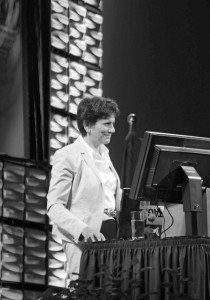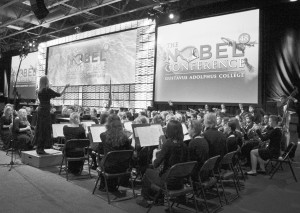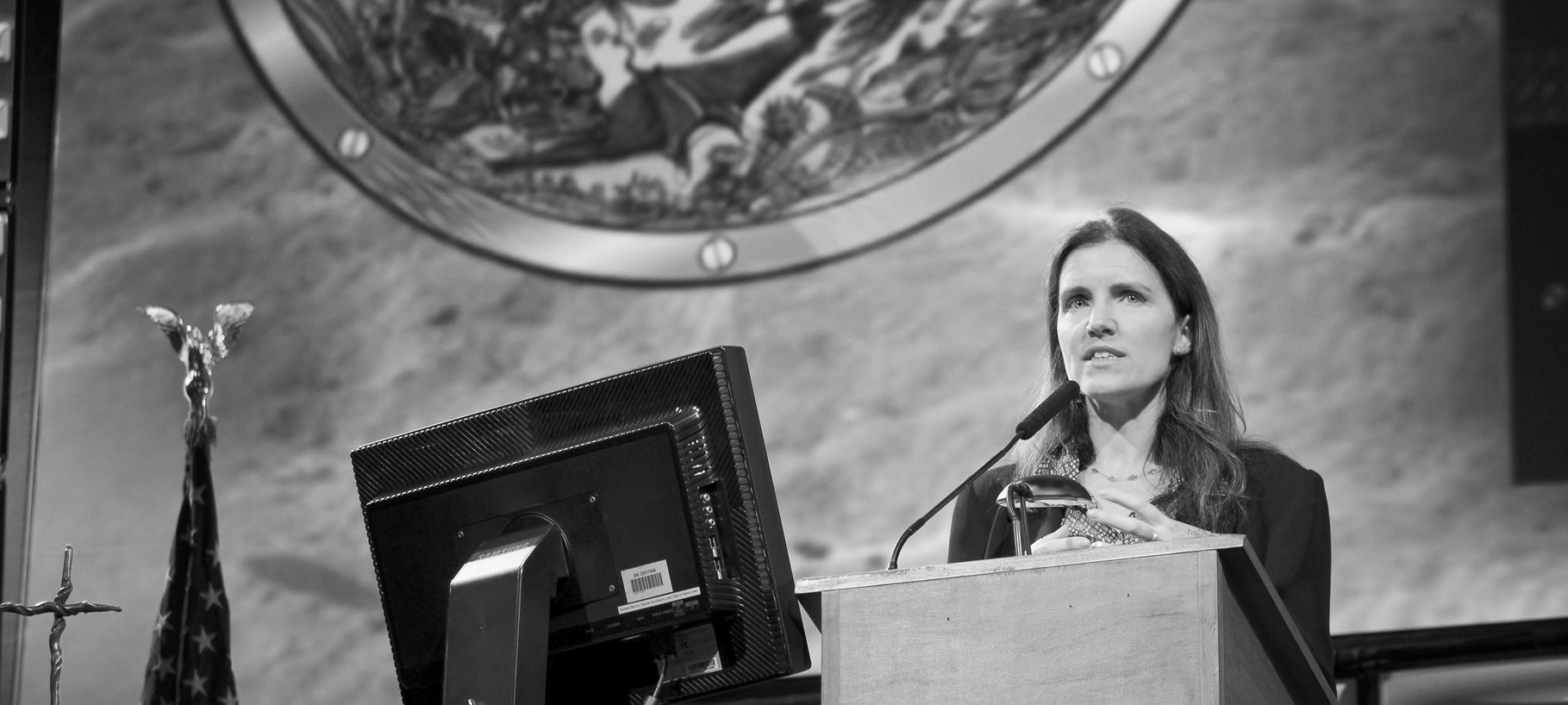Almost 5,000 people come to the Nobel Conference each year. Most of the attendees are delegates from high schools and other colleges. Despite the fact that Lund can only seat close to 2,500 people, thousands still pour in to witness lectures given by Nobel laureates and scientific minds. There is a broad spectrum of attendees, including community members, Gusties watching via the internet and even two dedicated audience members who have been present at all 48 conferences. Regardless of who or where you are, Nobel is an engaging time for all involved.
“What makes this year’s topic so exciting is that the ocean touches everyone even though it seems very distant,” Professor Julie Bartley, who along with Professor Joel Carlin is a co-chair of the conference said.

Bartley went on to say that it can be difficult for “land-locked” Minnesotans to relate to the ocean, but it is important for people to become passionate about the intersection of humans with the ocean.”
“We chose ‘Our Global Ocean’ as the theme because it was the most timely. We try to take into consideration when discoveries will be made,” Professor Charles Niederriter, the director of this year’s Nobel Conference, said.
2012 not only commemorates the sesquicentennial and the 48th Nobel Conference, but also the 100th anniversary of the Titanic’s maiden voyage. The opening lecturer, Dr. David Gallo, spoke about the Titanic and things yet to be discovered on the ocean floor, bringing parts of history closer to home.
This year the Rydell Professor, William Fitzgerald, will be instructing Gustavus Adolphus’s first oceanography class. The Rydell Professor program, so named after Drs. Robert and Susan Rydell, integrates the Nobel topic into opportunities for study and research throughout the academic year. Fitzgerald, along with other members of the Nobel Conference Committee, will provide this course for advanced science students, though those particularly moved by this theme or with an interest in oceanography are encouraged to look into the course as well.

Another new and exciting feature of the 48th Nobel Conference was the widespread live streaming. Typically the conferences are broadcast through live streaming to high schools throughout Minnesota and other parts of the nation. Given the content of this year’s topic, however, the conference had also been screened to the Great Lakes Aquarium in Duluth, Minnesota.
The Aquarium, in partnership with the Minnesota Sea Grant “will be the first public location to broadcast the Nobel conference. We’re trying to reach more people and a larger audience,” Niederriter said.
Niederriter went on to explain that there were moderators on site at the aquarium to collect the public’s questions and make them available for response from the speakers.
“Each speaker brings something new,” Bartley said. There were about 4,200 people in attendance at Nobel.
This number includes over 500 Gustavus students and approximately 2,200 high school and college students.
We were all witness to the timely Nobel Conference continuing to set standards for intellectualized inquiry and debate of contemporary issues relating to the sciences.
Plans for the 2014 conference will begin in three weeks time and preliminary meetings will be held throughout December. Students and community members are welcome to join in the planning of the next Nobel.

